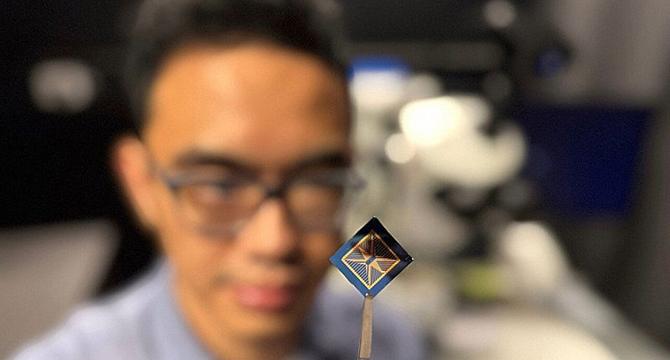Knowridge
1M
439

Image Credit: Knowridge
This mind-like device sees and remembers movements instantly
- Engineers at RMIT University have developed a tiny device that processes hand movements in real time, stores visual memories, and performs brain-like tasks independently.
- The breakthrough, based on neuromorphic technology mimicking human brain functions, enhances fields like robotics, autonomous vehicles, and human-machine interaction.
- The device uses molybdenum disulfide (MoS2) to capture light, detect changes in its environment instantly, and store memories efficiently without excessive data or energy consumption.
- This advancement could revolutionize visual tasks in technology, making operations faster, more energy-efficient, and could lead to enhanced capabilities in robots, autonomous vehicles, and various other applications.
Read Full Article
26 Likes
For uninterrupted reading, download the app